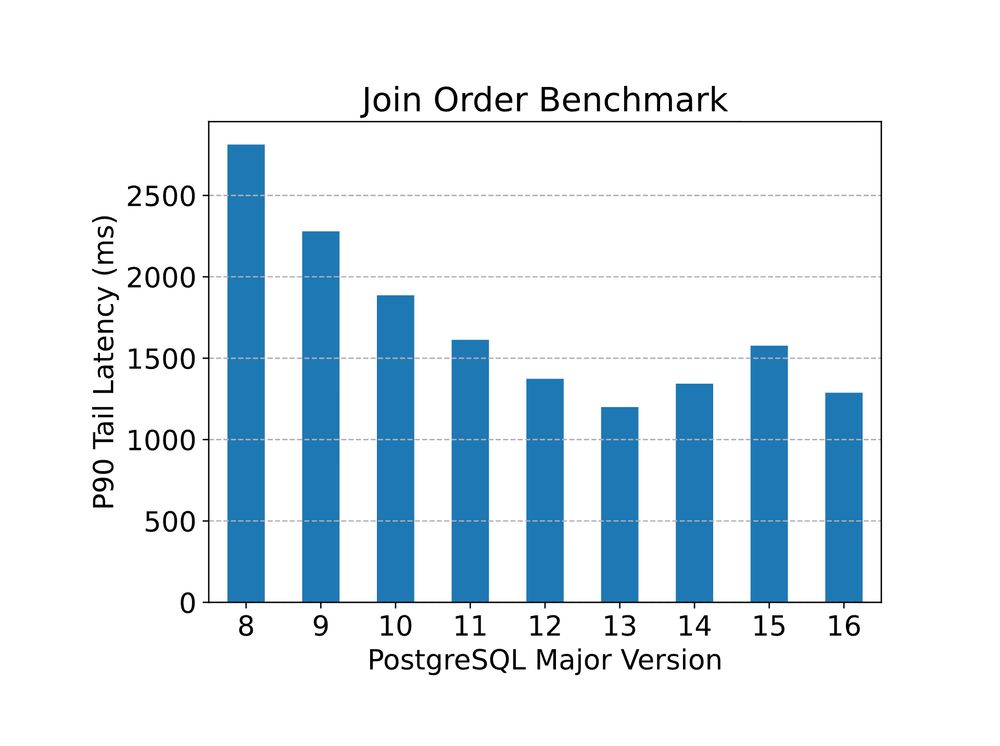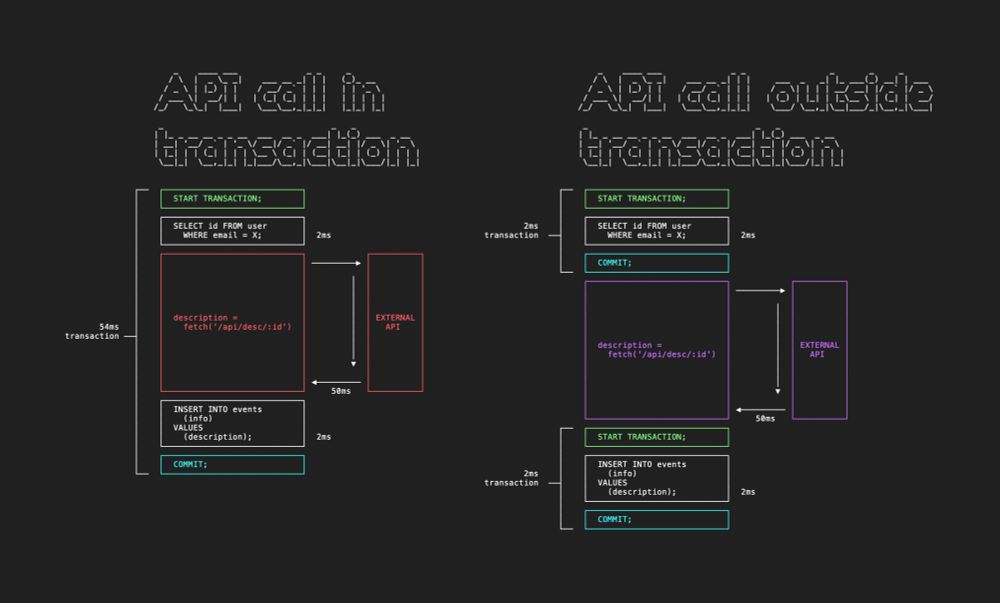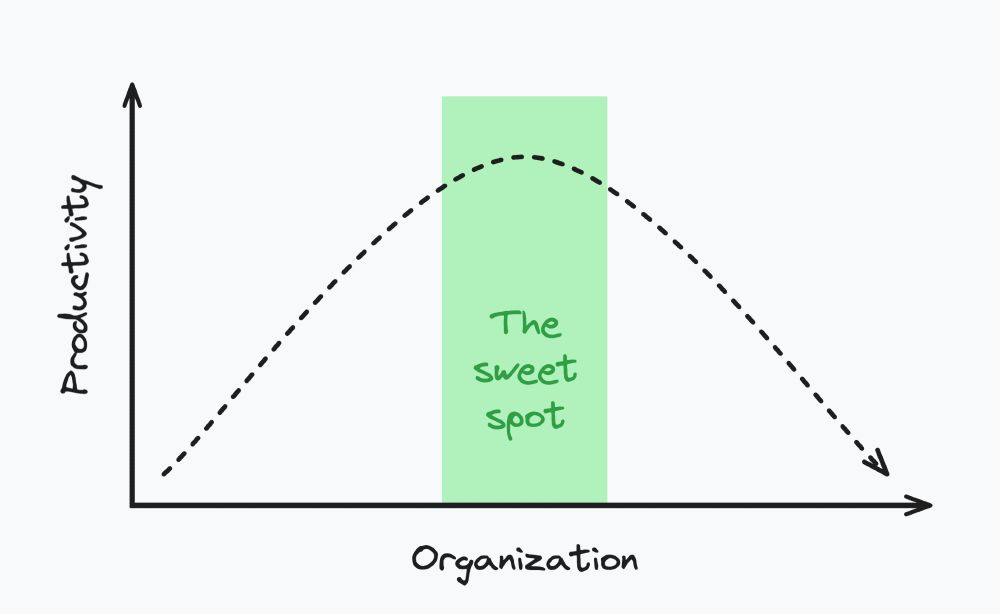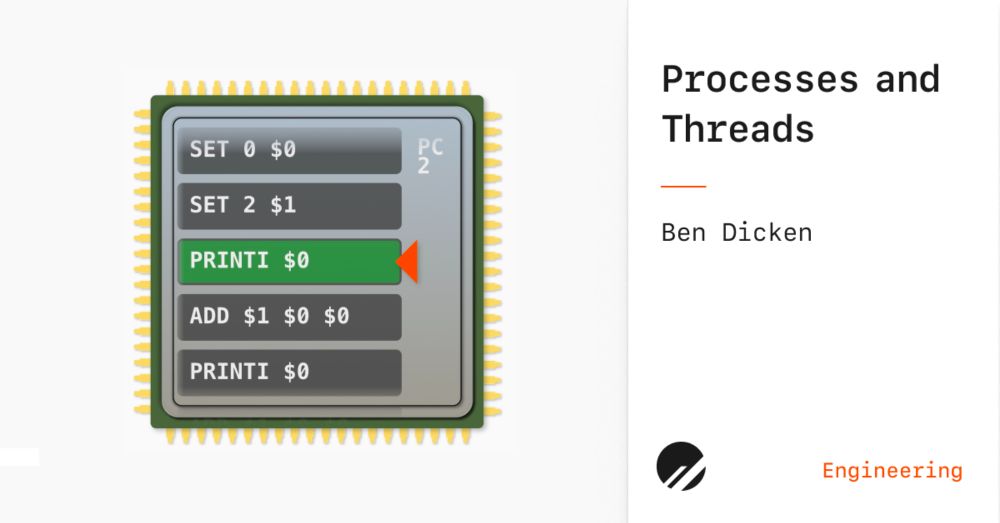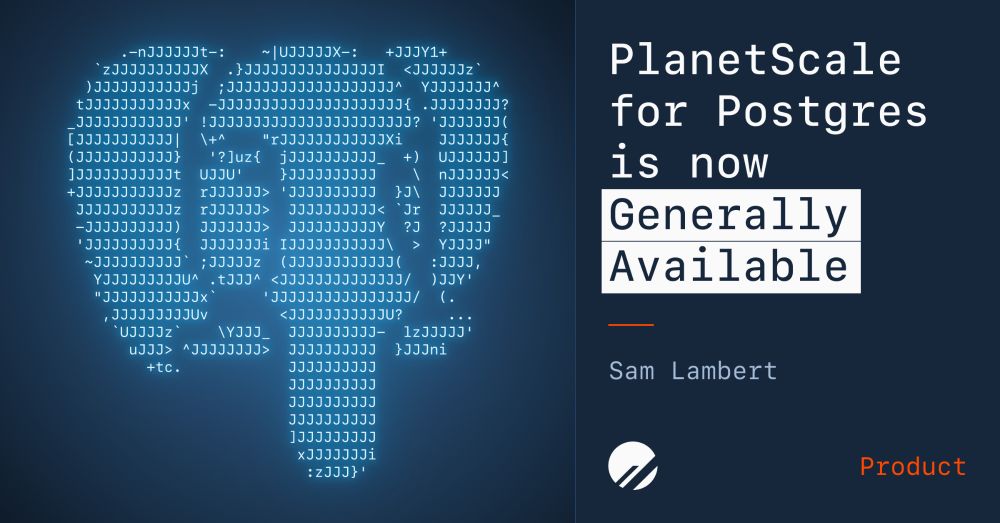Posts
Media
Videos
Starter Packs
Pinned
Ben
@benjdd.com
· 3d
Ben
@benjdd.com
· 3d
Ben
@benjdd.com
· 3d
Ben
@benjdd.com
· 5d
Ben
@benjdd.com
· 5d
Ben
@benjdd.com
· 5d
Ben
@benjdd.com
· 5d
Ben
@benjdd.com
· 6d
Ben
@benjdd.com
· 7d
Ben
@benjdd.com
· 7d
Reposted by Ben
Ben
@benjdd.com
· 13d
Ben
@benjdd.com
· 14d
Ben
@benjdd.com
· 14d
Ben
@benjdd.com
· 14d



